surface treatment
ETCN’s surface treatment service is the perfect solution for industries needing to improve their parts’ quality, aesthetics, and performance.
Home » Surface Treatment
What is Surface Treatment
The use of modern physical chemistry, metallurgy and heat treatment, and other disciplines of marginal new technology to change the condition and properties of the surface of the part so that it and the heart of the material for optimal combination to achieve the intended performance requirements of the process method, known as surface treatment.
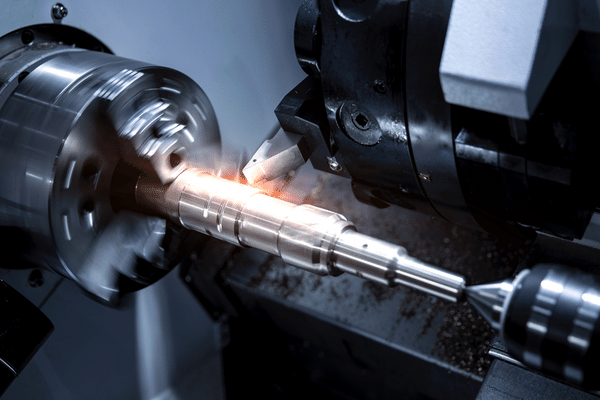
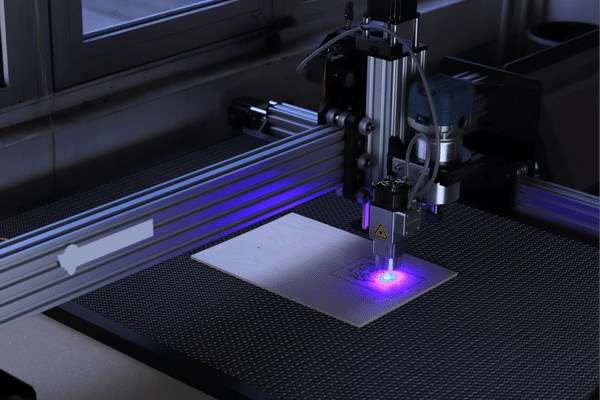
Classification of surface treatment technology
①Surface strengthening treatment
② Surface cleaning treatment
③Surface decoration treatment
④Surface anti-corrosion treatment
⑤ Surface restoration treatment
Surface Treatment Technologies
① Thermal spraying shot blasting, surface tumbling
② Surface expansion, ion plating
③ Laser surface strengthening, polishing
④ General plating, special plating
⑤ Steel bluing, steel phosphating
⑥ Aluminum anodizing and coloring treatment
⑦ Paint and plastic spraying
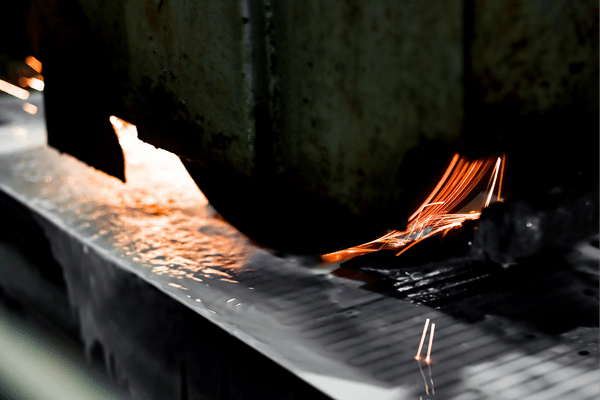
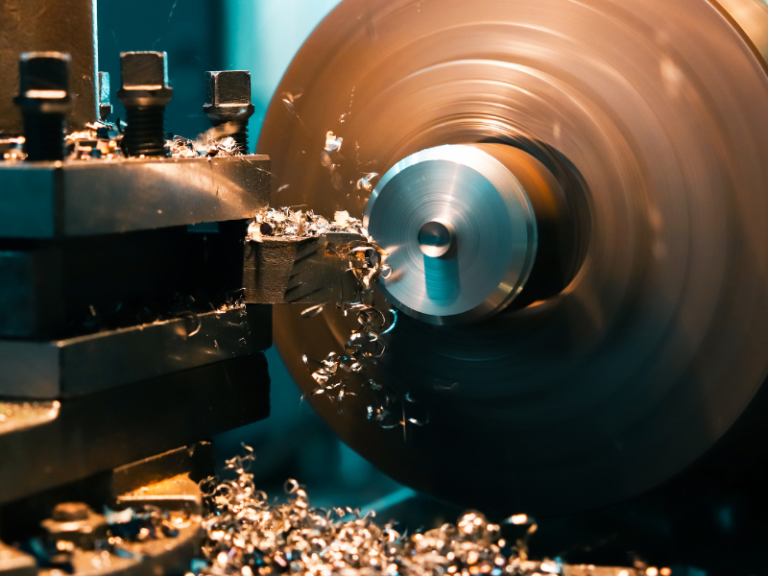
Metal Surface Treatment Types
1: Anodization
2: Bluing
3: Cadmium Plating
4: Chrome Plating
5: Electroless Nickel Plating
6: Electroplating
7: Galvanizing
8: Oxidation
9: Passivation
Takeaway: There are many types of surface treatments for metal surfaces.
Chromium Processing
Chromium processing for CNC surface treatment is done by using the electroplating process. The metal which is used as an electrode in this process is chrome. This metal has a high melting point, making it difficult to work with; however, the electroplating process allows it to be used as an electrode. This metal can be used to coat other metals with a thin layer of chromium. The chromium coating helps increase the base metal’s hardness and improves its corrosion resistance. Combining these two factors helps improve the wear resistance of the coated material.
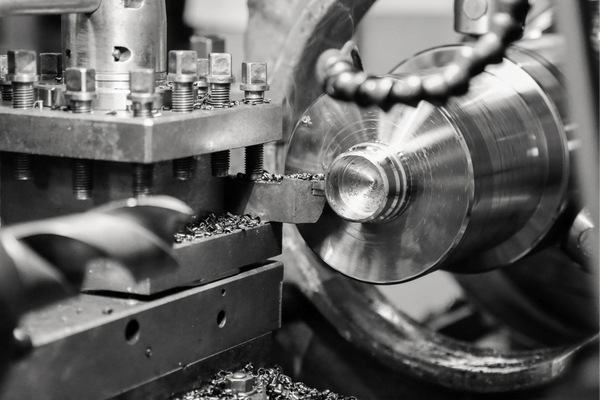
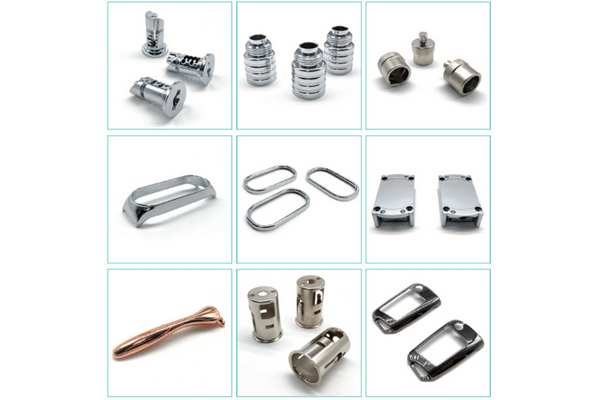
how is chromium processed
chrome plating film layer has the advantages of wear resistance, corrosion resistance, can well protect the product from damage, long service life, process: first de-oiling, cleaning, copper plating, nickel plating, and then chrome plating, the process is complex
Chrome plating can achieve mirror effect, beautiful appearance, color cleaning, uniform plating, strong adhesion, not easy to fall off, widely used in bathroom facilities, in line with SGS environmental protection certification
Removing Machining Marks from Steel
Machining marks are the tiny scratches that result from the machining process. They can be caused by various processes, including milling, turning, grinding, and drilling. Machining marks on steel surfaces can be removed by using one or more of the following methods:
Removing Machining Marks from Steel
Abrasive blasting is a common method for removing machining marks from steel surfaces. The abrasive material is applied in a high-pressure stream and rubbed against the surface with sandpaper or other material to remove the marks. The abrasive material can also be applied with a brush or cloth to remove smaller surface imperfections.
Removing Machining Marks from Steel
electrolytic etching
Electrolytic etching uses an electric current to dissolve metal from the surface of the part being worked on. This method is commonly used by machinists working on parts made from aluminum because they do not want to use abrasives on such soft metals as aluminum and magnesium alloys. Electrolytic etching works best on parts that are made of hard steels and other low alloy steels.
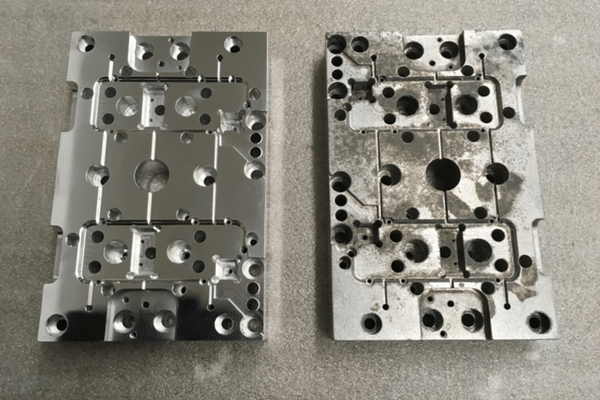
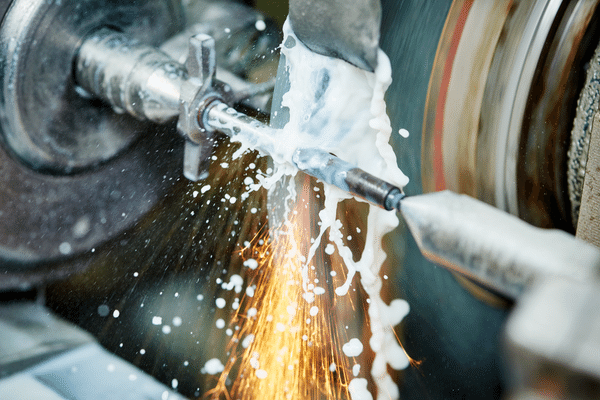
Finishing Process in Manufacturing
The finishing process in manufacturing is the last stage of the manufacturing process. It is the process where the product is made ready for its final destination.
The finishing process includes all the steps needed to ensure that a product is ready for sale or delivery. This includes:
Removing machining marks from steel
Removing burrs, dents and other imperfections from parts and products.
Surface treatment – This can include painting, polishing, anodizing and more.
Packaging – Packaging can include shrink-wrapping or box packing materials like Styrofoam peanuts.
deburring processes
Deburring is a process in which the sharp edges of a part are removed by grinding, lapping or polishing. Deburring is done to remove burrs, which are small ridges left on the surface of a part after machining and to remove any other unwanted material such as flash (thin sheet metal) or chips (piece of material removed by cutting tool).
Deburring is used to improve the appearance of parts and increase their durability. The process can be applied manually or mechanically, depending on the size and shape of the part being deburred. Manual deburring can be done using hand tools such as files and scrapers to remove burrs from small parts or machine tools such as grinders or lathes to remove them from large parts.
Mechanical deburring methods include high-pressure jetting, ultrasonics, water jetting, and laser beam technology. These methods use high-pressure jets of water, air or liquids with abrasives that remove burrs from steel parts quickly without leaving any residue behind.
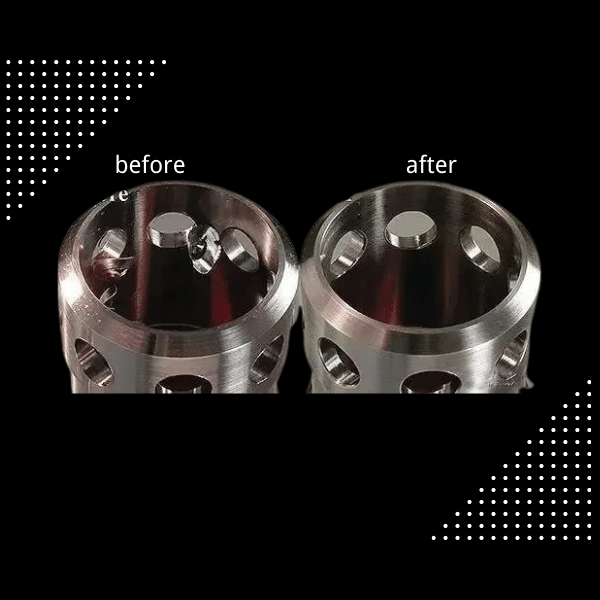
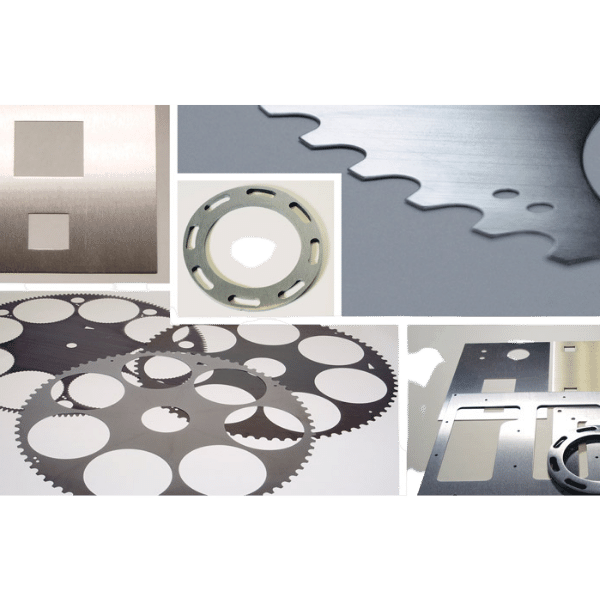
deburring parts
Deburring is a process that involves removing any sharp edges or burrs from the surface of a metal. This helps to ensure that the part can be easily handled without causing any damage to the skin.
Deburring parts are also known as deburring and are used in many industries such as automotive, aerospace, defense, and consumer products. It is also used on materials such as plastics and glass.
The process of deburring involves removing burrs both before and after machining, which are rough edges caused by cutting tools or wear surfaces caused by processing.
To remove these burrs, they must be smoothed down using abrasives or grinding wheels so that they are not sharp enough to cut through human flesh or other materials.
Several methods can be used when it comes to deburring parts, including hand filing (which takes a lot of time), sanding with a belt sander (which takes a lot of time), using an automated machine (which costs money), or using diamond tools (which removes material quickly).
Request a Quote
Do you need a quote for your high-precision part? Contact us now by phone, email, or through our contact form.